Improving Employee Retention
With the current “Great Resignation” trend, unfortunately, many Irish employers have lost or will lose valuable members of their teams, with many employees re-evaluating their careers and seeking new opportunities.
The impact of this can be felt by many employers who are struggling to find suitable replacements for their businesses and are channelling further investment into the recruitment and training of new staff. This may also impact the general morale of the team as a result of added pressures and workload being handled by existing employees, affecting the organisation’s overall performance.
This leaves employers and HR Practitioners needing to look more strategically at ways to retain their existing employees. Here are some initiatives which employers may wish to consider;
Recruitment
*Internal Recruitment*
It is important to give employees a chance to grow and develop within your organisation. When new opportunities arise within your business, it is a good idea to begin by recruiting internally first and to only consider external recruitment after fully exploring this avenue.
Recruiting from within can reduce the substantial amount of time and resources associated with external recruitment and external candidates typically take longer to perform to the same standard as internal hires promoted to the same position because of their knowledge of company processes etc.
Recruiting an external candidate can unsettle some of your current employees. In particular, ambitious and high-performing employees are more likely to look for opportunities for progression and if these cannot be found within their current place of work, they may start looking elsewhere.
Therefore, driving internal recruitment as well as learning and development programmes will show employees that there are, or may be in the future, good opportunities for them, meaning they will be happier to commit to the company in the longer term.
*Recruitment Referral Programmes*
Recruitment Referral Programmes can be a great way of getting great talent through the door and improving your overall recruitment, but they can also have a great impact on improving retention. Employees hired through a referral programme often have a much better understanding of a company’s culture and business in general, thanks to their connection with current employees of the company and therefore, may be more likely to stay.
Through Recruitment Referral Programmes companies may be able to recruit better quality candidates who are the right fit for the organisation, compared to when using only traditional ways of recruitment. Finding the right match from the beginning means that it is more likely that they will stay longer with your company.
It is recommended that employers monitor the channels that they use for recruitment and review the outcomes they receive. Thanks to this, the company should be able to identify which tactics produce the best result saving time and money in the future.
Managing Expectations
A situation that sometimes occurs, is that an employee leaves within a few months of joining the company. What is worth taking a closer look at here is the job description.
If the new employee discovers that the job they have applied for, differs from what the reality is, it is possible that they will very quickly become dissatisfied with the job and look to move. For this reason, it is crucial to ensure that employers are being honest in regard to their requirements of the role and that you manage expectations at the very early stages of recruitment through your advertisements and interview processes.
Induction Processes
A good induction programme is an essential part of bringing a new employee on board. It is important that all employers understand the benefit of this process. An Induction is normally preceded by a time-consuming and sometimes costly recruitment and selection process.
Therefore, it is worth putting that extra effort into a well-organised Induction to make new employees feel welcome to the company, engaging them from the very first day and encouraging them to want to continue with your business.
In the absence of proper training and clarification on their role and expectations, it may lead to confusion and frustration about the job, which can result in an employee leaving the company. An effective induction may help to prevent this and in the long-term will hopefully increase staff retention.
Ensuring that employees feel respected and valued from the very beginning can contribute to their engagement, satisfaction, and performance.
Feedback
It is crucial that employers have avenues available for employees to give and receive feedback.
Whilst probation period reviews and annual appraisals are a great way of addressing any grievances that employees may have, an ongoing regular dialogue between a manager and an employee should be taking place.
An important part of receiving the feedback is the ability of the company to demonstrate that the employee is being listened to and that any concerns will be addressed in reasonable manner.
Employers should be open to the feedback they receive, treating it as a learning opportunity, which may lead to changes, where necessary.
Likewise, it is also important to ensure that employers give their feedback to employees. All employees need feedback to be able to improve and to do their best work – both positive, and constructive.
Positive feedback should be given frequently to motivate employees and to give them the determination they need to do their best work. But constructive and corrective feedback is also important, particularly when there are any underperformance issues or behavioural issues that raise a concern to employees. Disciplinary, Grievance, and Dignity at Work Processes should be highlighted to employees and followed closely to ensure the tackling of issues fairly, consistently and promptly, not allowing issues to fester.
Flexible Work Options
Within the last two years we’ve seen a big shift in the ways in which we work and in many workplaces it has been demonstrated that the job can still be done well where flexibility is allowed and that it may not always be necessary to stick to the typical 9am-5pm arrangements, sitting at a desk in the office.
Employers, as well as employees, have seen the benefits that flexibility can bring and because of this, the expectations of the current workforce have changed. People are more conscious of their mental health now and are seeking work-life balance.
Therefore, job seekers are interested in what the company has to offer in terms of flexible working arrangements. Some of the most common options include:
- Hybrid working (part of the hours worked from home, the other part – from the office)
- Flexitime (varying start and finish times)
- Compressed hours (working the same hours in fewer days)
- Job sharing
Introducing more flexibility can be as simple as permitting a variety of working patterns rather than a fixed number of hours, five days per week.
Employers should review their policies and practices and consider whether any of the flexible working options might be suitable for their operations as they could promote greater job satisfaction and drive retention.
Salaries and Benefits
If retention rates within the company become a concern, whilst increasing salaries is certainly not the only solution, it may be a good time to review your company’s salaries and benefits such as:
- Annual leave
- Health insurance
- Pension
- Training and Development
- Enhanced statutory leaves such as maternity, paternity etc.
- Rewards and bonuses
- Employee Assistance Programmes and other wellness benefits
- Recruitment referral bonus scheme
It is important that companies are aware of what the market and their competitors are offering at the time to ensure they still are competitive and stand out from other organisations.
Exit Interviews
Employees leave organisations for all sorts of reasons. Therefore, it is important to carry out Exit Interviews to be able to establish the reasons why employees leave, and to review them regularly in case of any patterns emerging.
This is a great way to get honest feedback and identify any areas where the organisation is performing well, as well as areas that may require improvement and correction.
Where to Start
It is recommended that businesses and HR Practitioners review employee turnover rates and trends carefully, as well as procedures, practices, and policies to ensure that they are doing everything to drive employee retention.
At MSS we have a range of services that can assist any company with driving the company’s retention rates so please do not hesitate to contact us to discuss how we can assist you.
New paragraph










Contact Us
Connect With Us
Sign-up To Our Newsletter
Thank you for signing up to our newsletter.
Please try again later.
© Copyright 2024 | All Rights Reserved | Privacy Policy


